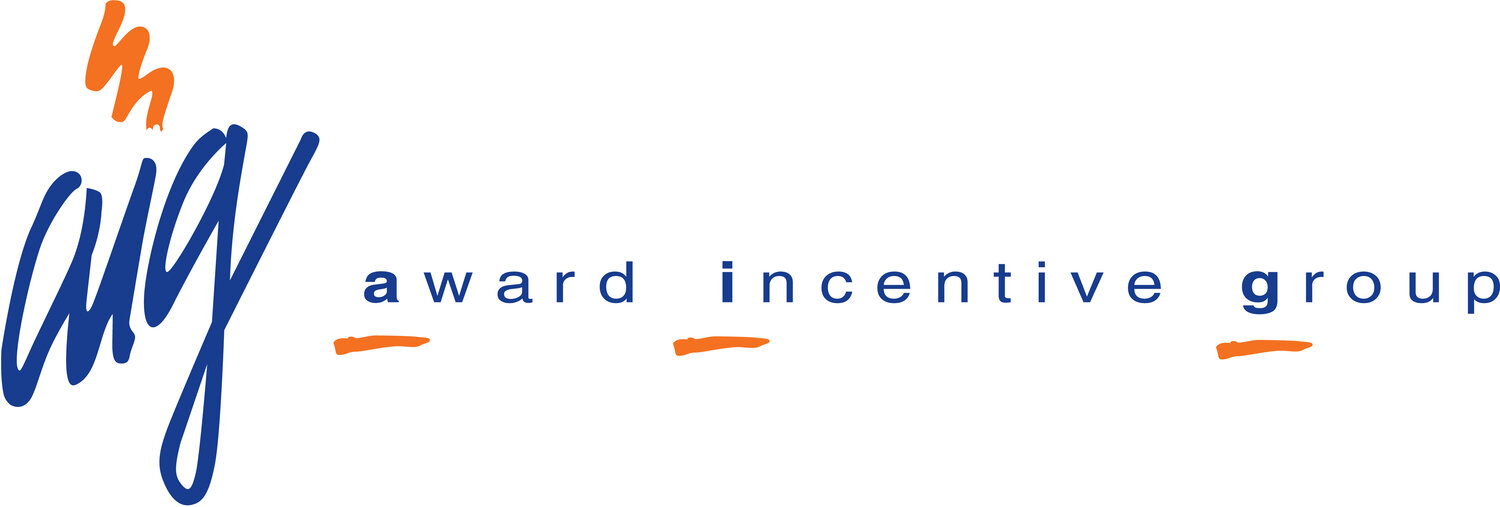OSHA reverses policy on drug testing,incentive programs: Agency says most programs okay
Posted October 15, 2018
OSHA has changed course in its view of employers’ post-incident drug testing programs and injury rate-based incentive programs. In a Memorandum to Regional Administrators and State Designees published October 11, the Agency now says most of these types of programs do not run afoul of the anti-retaliation provisions of the injury and illness recordkeeping regulation at §1904.35(b)(1)(iv).
This is a huge shift in policy guidance from that published when the Agency issued the final rule in May 2016 requiring employers to electronically submit injury and illness records. As part of that rulemaking, OSHA added a provision that employers not have any barriers for employees to report injuries or illnesses. The rule also said that employers could not discriminate or punish employees for being injured.
While the rule itself didn’t address drug testing or incentive programs, policy guidance published along with it indicated that most post-incident drug testing programs would be in violation. The same thing was said about incentive programs that were tied to injury rates.
But now, OSHA says that many employers who implement safety incentive programs and/or conduct post-incident drug testing do so to promote workplace safety and health. In addition, the Agency says evidence that the employer consistently enforces legitimate work rules (whether or not an injury or illness is reported) would demonstrate that the employer is serious about creating a culture of safety, not just the appearance of reducing rates. Thus, action taken under a safety incentive program or post-incident drug
testing policy would only violate §1904.35(b)(1)(iv) if the employer took the action to penalize an employee for reporting a work-related injury or illness rather than for the legitimate purpose of promoting workplace safety and health.
In the new policy, OSHA says that incentive programs can be an important tool to promote workplace safety and health. One type of incentive program rewards workers for reporting near-misses or hazards, and encourages involvement in a safety and health management system. “Positive action taken under this type of program,” the Agency says, “is always permissible under §1904.35(b)(1)(iv).”
OSHA describes another type of incentive program that is rate-based and focuses on reducing the number of reported injuries and illnesses. These programs typically reward employees with a prize or bonus at the end of an injury-free month or evaluate managers based on their work unit’s lack of injuries. The Agency says these rate-based incentive programs are also permissible under §1904.35(b)(1)(iv) “as long as they are not implemented in a manner that discourages reporting.”
So, if an employer takes a negative action against an employee under a rate-based incentive program, such as withholding a prize or bonus because of a reported injury, OSHA would not cite the employer under §1904.35(b)(1)(iv)as long as the employer has implemented adequate precautions to ensure that employees feel free to report an injury or illness.
What would be an “adequate precaution”?
OSHA says that a statement that employees are encouraged to report and will not face retaliation for reporting may not, by itself, be adequate to ensure that employees actually feel free to report, particularly when the consequence for reporting will be a lost opportunity to receive a substantial
reward. However, an employer could avoid any inadvertent deterrent effects of a rate-based incentive program by taking positive steps to create a workplace culture that emphasizes safety, not just rates. For example, the Agency says that any inadvertent deterrent effect of a rate-based incentive program on employee reporting would likely be counterbalanced if the employer also implements elements such as:
* An incentive program that rewards employees for identifying unsafe conditions in the workplace;
* A training program for all employees to reinforce reporting rights and responsibilities and emphasizes the employer’s non-retaliation policy;
* A mechanism for accurately evaluating employees’ willingness to report injuries and illnesses.
In addition, OSHA says that most instances of workplace drug testing are permissible under §1904.35(b)(1)(iv). Examples of permissible drug testing include:
* Random drug testing.
* Drug testing unrelated to the reporting of a work-related injury or illness.
* Drug testing under a state workers’ compensation law.
* Drug testing under other federal law, such as a U.S.
Department of Transportation rule.
* Drug testing to evaluate the root cause of a workplace incident that harmed or could have harmed employees. If the employer chooses to use drug testing to investigate the incident, the employer should test all employees whose conduct could have contributed to the incident, not just employees who reported injuries.
This article was written by Travis Rhoden of J. J. Keller &
Associates.



